I once asked Craig Jackson why he thought that Restomods were so popular. He said that buyers got the looks of a classic car with the comfort, convenience and performance of a modern one.
Sometimes people new to collecting would buy a restored old car — say a 1958 Chevrolet Bel Air convertible. Then how an old car drives gave them a big surprise.
By modern standards, many old cars are slow, have terrible brakes and squishy suspensions. They don’t have a/c, and when you go around a turn you slide across the bench seats.
When someone buys a Restomod, they get all the visual appeal of a 50-year-old classic combined with the acceleration, brakes, handling and comfort of a modern car. You can expect anti-lock brakes, cruise control, a/c and a monster stereo.
Going 80 mph down the expressway is not a challenge. Stop-and-go traffic won’t overheat the car. Shoulder harnesses provide a nod toward safety.
I think the same need for performance, comfort and safety is part of what is driving the spectacular increase in prices for cars built from 1986-2006. SCM calls them “Next Gen” and Europeans have referred to them as “Youngtimers” for over a decade now.
A Youngtimer BMW M3 — or a 16-valve Mercedes 190 — are pretty spectacular cars. Even as they are now up to 30 years old, they offer performance that a Ferrari 250 GT Lusso could only dream about.
Those of us in our 50s, 60s and 70s cut our teeth on primitive cars, such as MGAs and TR3s. We grew up with non-synchro-first-gear transmissions, and heaters you turned on by opening the hood and spinning a faucet handle.
Cruising at 70 mph was nearly impossible in some of these cars, and heaven forbid you should ever have to stop in a hurry.
Oil and water levels were routinely checked at every gas stop.
Safety features were non-existent.
Is it any wonder that a 30- or 40-year-old buyer would walk right by a Maserati 3500GT and put their hand up for a BWM M6?
I see level or declining interest in cars from the 1950s and 1960s from the market at large. Those of us who like them have gone through our buying and collecting cycles, and we are now often thinning our collections.
But the generation just behind us is still accumulating wealth —and is often allocating it towards Next Gen cars. And Restomods.
While we old timers glory in the punishment we inflict upon ourselves by driving 50-year-old cars long distances, the generation just behind us is simply expecting more from their cars. More performance, more brakes, more handling and more comfort.
It’s a trend that’s been reflected in auction results for the past year. And it’s one I don’t see changing in the future.

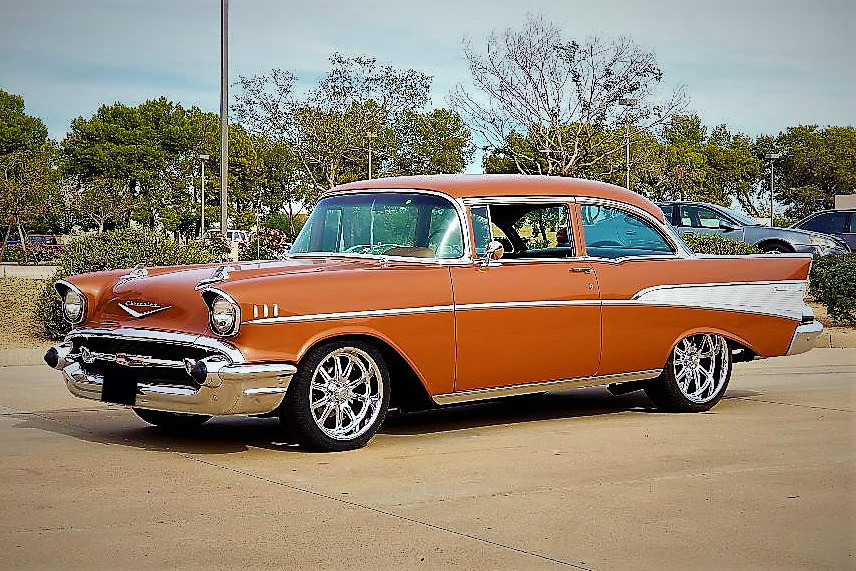
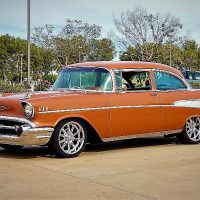
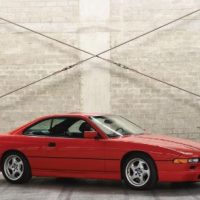
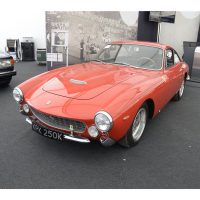
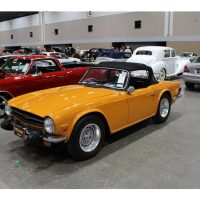
7 responses to “Keith’s Blog: Are Restomods and Youngtimers the future of collecting?”
There was no “1958 Chevrolet Bel Air convertible”. As it says in Keith’s Blog on Restomod.
There was an Impala Convertible
Interesting evaluation of the market and the hobby. At least it is a good explanation of why people are cutting up the cars that I think of as Classics from my teens…. They were outstanding at the time but as you say a good Jetta can out run that 70 911T I had.
The second paragraph identifies a 1958 Bel Air convertible. Sign me up as I am unaware of this model. PS: I hope it was Craig Jackson who made this error and not Kieth!
“Oil and water levels were routinely checked at every gas stop.”
I love this totally true statement!
I’ve been SO fortunate to still be the caretaker of my first car–a 1967 Jaguar E-Type Roadster. Long story, but it was a high school shop project car for my dad and me in the 1970s (3rd owners), and I drove it in college and later restored it in the late 1980’s. That was about three years before there was a market for pristine 1960s sports cars, so I was an early entry into this madness. Today, I drive it on sunny days when she can be topless, as is her choice. I have modern upgrades that make her run cooler and keep her purring and happy.
Still, those upgrades don’t make it easier for this 66 year old paunchy body to climb inside. And, even though she doesn’t overheat anymore, without air conditioning, she’s still hotter than Hades when stuck in traffic in 80 degree summer sunshine.
Recently, I asked my also-retired 60ish girlfriend, “What the heck. Let’s hop in the ‘ol XKE and go for a trek from Oregon to California!”
Her response: “Theres no way I’m going to drive in that little hot supercar for such a long journey.”
Ouch. That took the wind out of my sails. Maybe time to sell?
Hoo Boy…
I have been a Porsche devotee for all my adult life. Last weekend I attended the Hill Country Rally where there were 200 Porsche’s all with torsion bars (1989 was the last year for this). In their original state disregarding tires, these cars were as enjoyable to drive now as they were 30 to 60 years ago. Why did this happen because Porsche engineered their products rather than assemble vehicles bu modifying existing designs. It is still a pleasure to drive a 356A or B with 60 horsepower and a nimble chassis. How unfortunate it is that many individuals think they can make the 356 and early 911’s into supercars.
My thought: if you want a car to handle, perform and have the creature comforts of a new car just buy a new car. If you like old cars don’t try to make them into new cars.
After 40 years of owning and restoring cars from the 1960’s, I’m fully on board with cars from the 1980’s. I’m restoring and driving German cars and loving it. BMWs & Mercedes from the period are wonderful cars to work on and own. Many of them are grossly undervalued in our current market, yet build quality, dependability, ride comfort and driving joy are very high. Both of my air cooled 911s were disappointing, so I’ll reserve my comments about Porsche, except to wonder why they never addressed the head bolt problem until the 1990’s. After 1990, many German cars grew gratuitously complex.